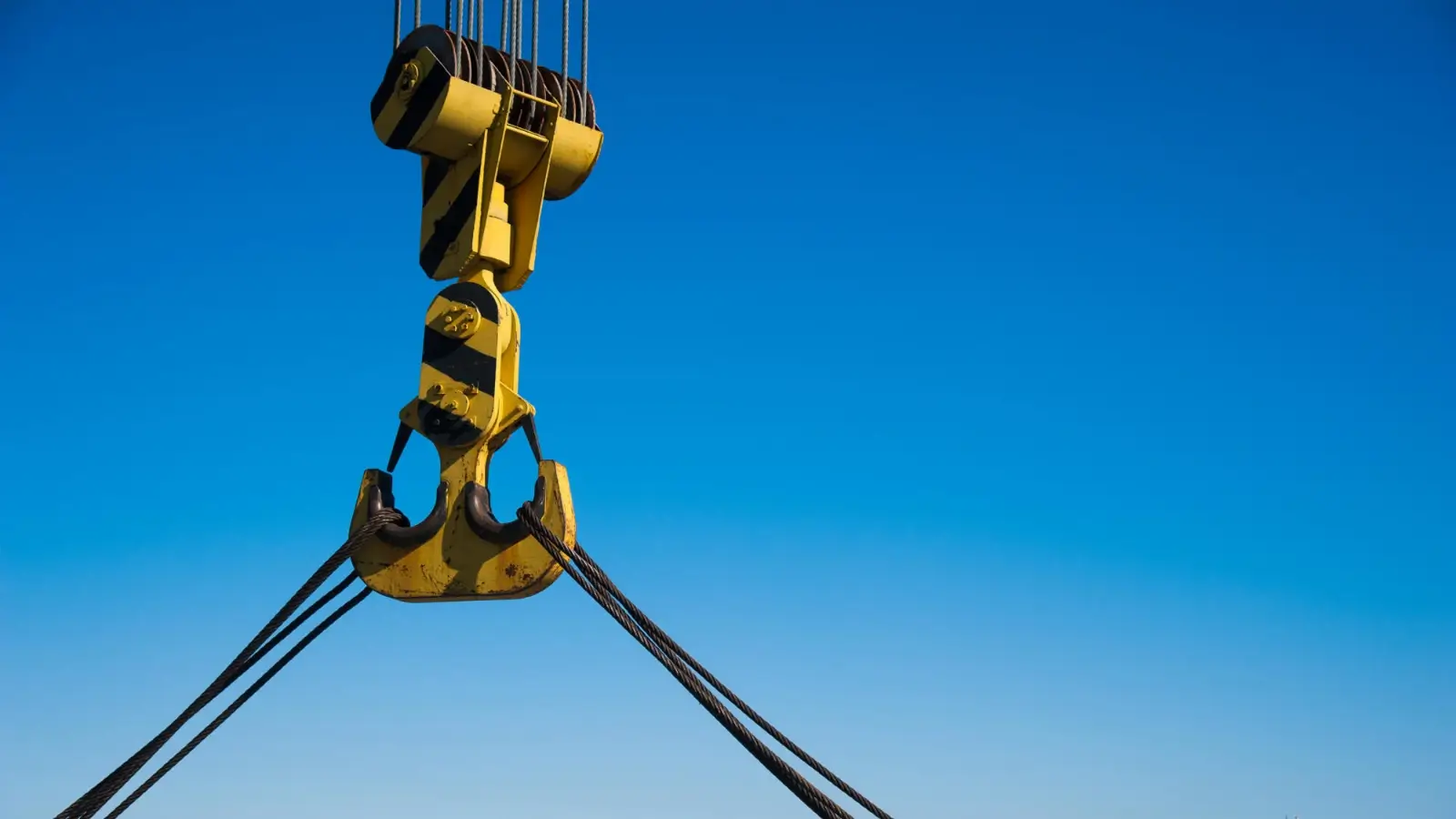


Have you ever wondered how heavy machinery and large materials are lifted safely on a worksite?
Industrial projects need strong and reliable rigging gear to make lifting tasks possible. Using the right tools keeps workers safe, saves time, and reduces costs.
Whether you are an experienced engineer or new to industrial work, knowing about these essential tools makes your job easier and safer. This article will show you the main rigging components and how they are used in real projects.
Lifting slings are essential for attaching heavy loads to cranes or hoists safely. They come in different materials, such as nylon, polyester, and wire rope, each offering unique strength and flexibility. Choosing the right sling helps prevent damage to both the load and the equipment.
These slings distribute weight evenly, reducing stress on lifting points and improving control. Regular inspections ensure they remain free from cuts, frays, or other damage. Proper use of lifting slings increases safety and efficiency during industrial lifting tasks.
Additional tools and lifting gear can complement slings to handle a variety of load sizes, helping teams maintain precise and safe lifting operations.
Shackles are critical connectors in rigging setups, linking slings, hooks, and other hardware. They are designed to handle significant weight while allowing flexible movement in various directions. Selecting the correct shackle type ensures a secure and reliable connection.
Bow and D-shackles are common in industrial applications due to their strength and versatility. Regular checks for wear, corrosion, or deformation are necessary to maintain safety. Using high-quality shackles reduces the risk of accidents during lifting operations.
Hooks are the primary attachment point between lifting equipment and loads. They come in multiple designs, including sling hooks, hoist hooks, and swivel hooks, each suited for specific tasks. Choosing the right hook ensures stability and prevents accidental release.
Proper hook inspection is important to identify cracks, bends, or excessive wear. Hooks must match the load weight and lifting method to maintain safety. Correct use of hooks supports smooth and controlled lifting operations.
Wire ropes and chains provide the strength and flexibility needed for heavy lifting and securing loads. They are commonly used in hoists, cranes, and winches for industrial projects. Selecting the appropriate material and size ensures the equipment can handle the expected load safely.
Regular maintenance prevents fraying, kinking, or corrosion, extending the service life of the ropes and chains. Wire ropes offer minimal stretch under load, while chains provide durability and toughness. Both options are critical for safe and reliable industrial lifting.
Lifting beams and spreader bars help distribute weight evenly when handling large or irregular loads. They prevent tilting, swinging, or overloading specific points during lifting. Using these tools improves safety and protects the structural integrity of the load.
Choosing the right beam or bar depends on the load size, weight, and lift method. Proper attachment and alignment are crucial for optimal performance. These components are key for complex lifts that require stability and balance.
Load monitoring devices measure the weight and tension of lifted materials in real time. They help operators avoid overloading equipment and prevent accidents. Accurate monitoring increases safety and efficiency on industrial sites.
These devices include load cells, dynamometers, and tension meters. Installing and calibrating them correctly ensures precise readings. With proper use, load monitoring devices support safer and more controlled lifting operations.
Turnbuckles are used to adjust the tension or length of cables and ropes in rigging systems. They allow precise alignment and stabilization of loads during lifting or securing. Choosing the correct turnbuckle size ensures it can handle the expected load safely.
Regular inspection for corrosion, wear, or bending is necessary to maintain performance. Turnbuckles are often used in conjunction with slings and chains for controlled adjustments. Proper use helps maintain balance and stability in industrial operations.
Snatch blocks and pulleys are used to change the direction of ropes or cables in lifting setups. They provide mechanical advantage, making it easier to lift heavy loads. Selecting the right block or pulley ensures smooth operation and load control.
Regular maintenance prevents jamming, wear, or rope damage. These tools are essential for complex lifting tasks that require flexibility in movement. Using snatch blocks and pulleys improves efficiency and safety on industrial sites.
Wire rope clips and clamps secure loops and ends of wire ropes. They are vital for creating strong attachments and preventing slippage. Choosing the correct size and type is essential for load-bearing safety.
Proper installation and torque ensure the clips remain secure under stress. Regular inspection is needed to detect loosening or deformation. Wire rope clips and clamps increase reliability in lifting and rigging operations.
Lifting magnets allow non-contact handling of heavy metal objects. They provide a fast and safe method for lifting steel plates, beams, and machinery. Choosing the correct magnet type and strength is crucial for load security.
Safety checks ensure magnets maintain their lifting capacity and do not slip. Lifting magnets reduce the need for hooks or slings in certain applications. Using them can speed up operations while keeping workers safe.
Rigging straps and webbing provide flexible and strong support for lifting or securing loads. They are lightweight, easy to handle, and distribute weight evenly. Choosing durable, high-quality webbing prevents stretching or breaking under load.
Proper inspection is needed to check for cuts, fraying, or UV damage. Rigging straps and webbing are often used with hooks or shackles for versatile applications. They enhance safety and efficiency in various industrial lifting tasks.
Good rigging gear is more than just equipment; it helps keep work safe and smooth. Paying attention to quality, proper use, and maintenance reduces risks and makes projects run better. Learning about these tools helps everyone work with more confidence.
Safety, strength, and accuracy are key when using rigging gear. Understanding how to use it well lets workers handle heavy loads safely and easily.
We're glad this article was of help. For more similar content, check out our blog.